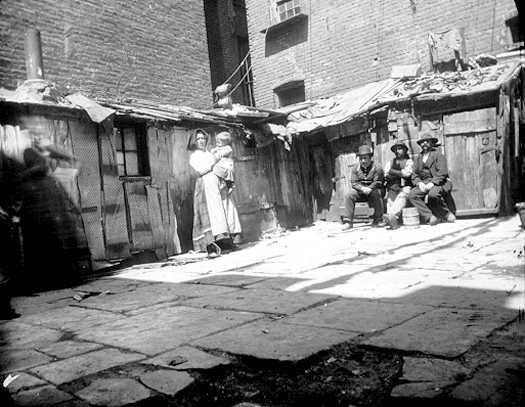

The nineteenth century ideal of Victorian family life influenced the policies and practices of the Children's Aid Society. The "Cult of True Womanhood" created a middle class ideal of the role of the wife and mother as the center of the family, and of the family as the center of society. The mother was responsible for the protection, care, and education of the children in the household. She was also the center of religious piety in the family. It was the responsibility of the mother to instill the values and skills necessary for her children to become productive members of society.
Brace believed that the family was the "natural place for a child and that a child without a home or with an inadequate home was a threat to society." The placing out movement stressed the importance of the family in the life of the child. Brace viewed the family as "God's reformatory." He saw the family as transmitting most of the values of society to the child. Brace argued that the children of the poor had not learned the standards and norms that society expected of them because they had not been taught these concepts by their families. Brace felt that by removing these children from the homes that had failed them, and placing them in families where they could learn what society expected of them, he could "remedy these deficiencies," and these children would grow into productive members of society.
Placing children in the homes of strangers to learn skills and provide employment was an accepted custom in American society well into the twentieth century. Indenture, a legal contract binding one party in the service of another for a specified period of time, was an "essential component of the American family and social organization." Many families used indenture as a cheap source of labor to bring needed help into the home. Parents used the indenture system to help provide for children they could not afford to raise into adulthood themselves. Adolescents used indenture to escape from the homes they had been born into. Social institutions indentured orphans to families as a means of reducing the populations of orphanages and asylums. As a result, many people in nineteenth century society regarded the placing out movement as an extension of a practice that had already been widely utilized and accepted in American society.